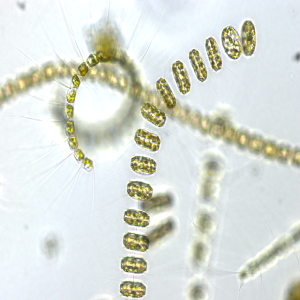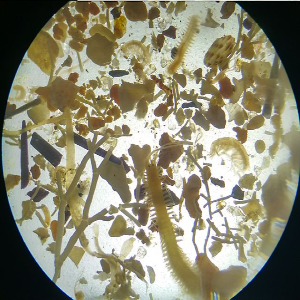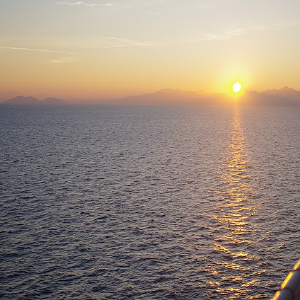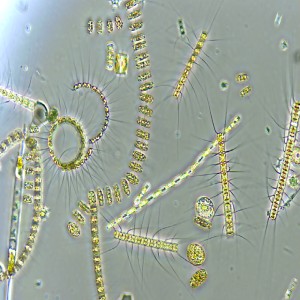First report of cyanobacterial paralytic shellfish toxin biosynthesis genes and paralytic shellfish toxin production in Polish freshwater lakes

Accepted: 30 January 2017
Supplementary: 299
HTML: 208
All claims expressed in this article are solely those of the authors and do not necessarily represent those of their affiliated organizations, or those of the publisher, the editors and the reviewers. Any product that may be evaluated in this article or claim that may be made by its manufacturer is not guaranteed or endorsed by the publisher.
In central and southern Europe, Aphanizomenon spp., A. gracile Lemmermann in particular, have been associated with paralytic shellfish toxin (PST) production. In western Poland, A. gracile is very common, and Cylindrospermopsis raciborskii (Woloszyńska) Seenayya & Subba Raju, another potentially PST-producing species, is often found as well. To date it is, however, unknown if the cyanobacterial populations in this area harbour the genetic capability to produce PSTs, and to what extent toxin biosynthesis occurs. The objective of this study was to survey the prevalence of potentially PST-producing cyanobacteria by measuring paralytic shellfish toxin biosynthesis gene sxtB copy numbers, sxtA, sxtG and sxtS gene presence, and PST concentrations in Polish freshwater lakes. In total, 34 lakes in western Poland were sampled twice during summer 2010. The presence of PST biosynthesis genes sxtA, sxtG and sxtS was determined using conventional qualitative PCR. Quantitative PCR (qPCR) was used to measure sxtB copy numbers, and the samples were analysed for PSTs using ion-pair high performance liquid chromatography with post-column oxidation and fluorescence detection (HPLC-FLD). Cyanobacteria carrying the sxtB gene were present in 23.5% of all samples (n=16) and in 14 lakes of the studied 34. Gene copy numbers ranged from 8.2×104 to 5.1×107 sxtB copies L-1 (mean 3.8×106). The median was 4.5×105 sxtB gene copies L-1 and the majority of results clustered at the lower end of the sxtB qPCR linear range. In 12 out of the 16 samples positive for sxtB the gene co-occurred with the other three targeted PST biosynthesis genes sxtA, sxtG and sxtS. However, five additional samples lacked one or two of the targeted four genes. Thirteen samples contained PSTs, of which 12 samples at levels <0.072 µg L-1, i.e., close to or below the quantitative detection limit of the HPLC-FLD method (0.01 µg L-1). One sample contained 0.57 µg L-1 saxitoxin, co-occurring with all four sxt genes studied. No correlation between PST and sxt gene occurrence or copy numbers was observed. A. gracile and C. raciborskii occurred in 92% and 50% of samples, respectively, containing PSTs, sxt genes or both. In conclusion, the results confirm that potential PST producers constitute an established subpopulation of cyanobacteria in Polish freshwater lakes. However, none of the sxt genes targeted in this study could serve as a reliable marker for active PST biosynthesis.
Supporting Agencies
Finnish Funding Agency for InnovationPAGEPress has chosen to apply the Creative Commons Attribution NonCommercial 4.0 International License (CC BY-NC 4.0) to all manuscripts to be published.



 https://doi.org/10.4081/aiol.2017.6319
https://doi.org/10.4081/aiol.2017.6319







